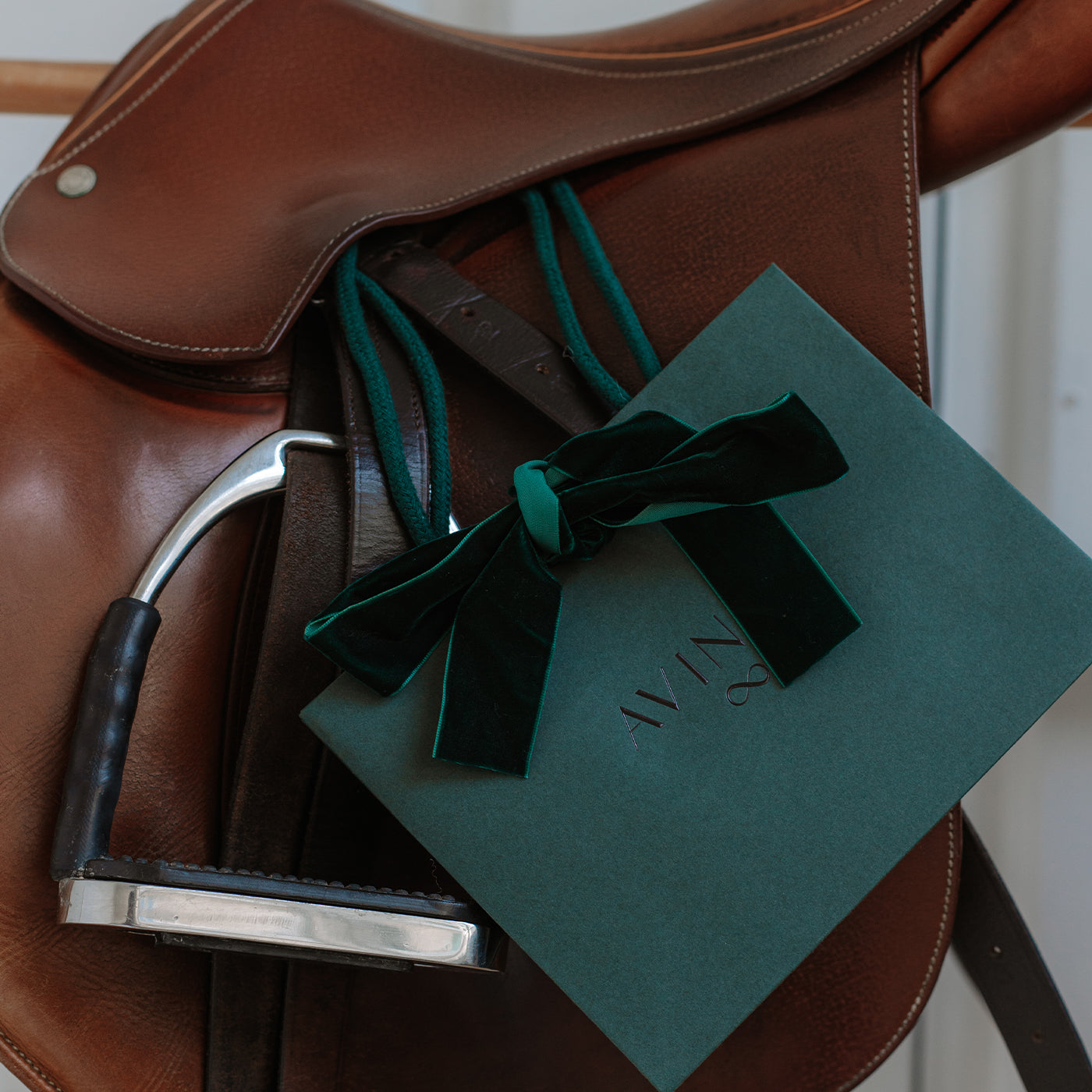Custom Creations
Engagement & wedding rings
At Avinas you can create the engagement ring of your dreams! Tell us a little more about your project using the questionnaire below, and we'll be in touch to help you make your dreams come true.
Request for a quote
If you don't know how to answer these questions, don't panic! We're here to help. And don't hesitate to consult our diamond guide to make the right choice for you.
More information
How to choose your diamond?
Would you like a diamond setting but don't know how to choose? Each diamond is unique and it's important to know what distinguishes it from another to make the best choice. Here are a few elements to help you understand the characteristics of a diamond and what will determine its appearance and price.
With the guide below, you'll learn all about the 4Cs. The 4Cs are indicators used to evaluate and classify a diamond. It's a universal method that can be applied anywhere in the world, so you'll always know what kind of diamond you're buying and how it should look.
What's more, at Avinas we like transparency. That's why every diamond over 0.5 carat comes with a GIA (Gemological Institute of America) certificate.
The carat is the unit of weight of a diamond. Based on the number of carats, you know the approximate size of your diamond. But this criterion alone does not determine the size or value of your diamond, since the final result will also depend on the diamond's cut. This means that a very well cut diamond with a small carat can be worth more than a diamond with a higher carat but less well cut.
It is therefore important to combine carat weight with the other 4C criteria.
This is one of the most important characteristics when choosing a diamond, along with the cut, and corresponds to the absence of coloration inside the diamond. The more colorless the diamond, the higher its quality.
GIA-certified diamonds are graded from D to Z, with D being the most colorless hue and Z being a color tending towards brown. All diamonds from D to Z are "colorless" diamonds, to distinguish them from the rarer colored diamonds, which are classified separately.
At Avinas, we work with a minimum of diamonds graded D-E-F or G-H-I, and we can of course use other qualities according to your wishes.
This criterion indicates the diamond's purity. This is the least important criterion when choosing a diamond, since imperfections are often imperceptible to the naked eye. And while flawless diamonds do exist, they are extremely rare!
A distinction is made between surface imperfections and inclusions, i.e. imperfections contained within the diamond.
A diamond's purity is classified according to the scale below. At Avinas, we work mainly with VS-graded diamonds, which means that imperfections are located in the crown and cannot be seen without enlarging this area. VS-graded diamonds offer excellent value for money and are called "eye-pure diamonds" because their inclusions are imperceptible to the naked eye.
Cut refers to the way the diamond has been cut (not its size). This criterion is one of the most important to take into account, because the better your diamond has been cut, the better it will sparkle and reflect light. And at Avinas, we love it when our diamonds play with the sun's reflections! To find out more about how a diamond is cut, here are some additional indications and diagrams.






